What is a Blue French Bulldog? 8 Things To Know About Them

The blue French Bulldog, often affectionately referred to as a blue Frenchie, is a unique and rare variation of the popular French Bulldog breed. Known for their striking coat color and charming personalities, these dogs have become increasingly popular among dog enthusiasts and pet owners. In this blog post, we’ll dive into everything you need to know about these adorable pups, from their distinctive features to their care requirements.
1. How Does a Blue French Bulldog Look Like?
The blue French Bulldog stands out due to its beautiful, unique coat color. Another name for a blue Frenchie is grey or silver frenchie. It’s because its coat has a silver or gray tone more than a ‘’blue’’ one.
This distinct blue-gray shade is the result of a recessive gene that dilutes the black color in their fur. Unlike the standard French Bulldogs, which come in a variety of colors like fawn, brindle, and white, the blue Frenchie boasts a sleek, steel-blue coat that catches the eye. This rare coat color makes them highly sought after and a true gem among dog lovers. Thanks to its rarity, a blue French bulldog is often high in price
2. Blue French Bulldog Coat Color Variations
While the primary appeal of the blue French Bulldog lies in its striking coat color, there are several variations within this category. Each type of coat color is the result of different genetic combinations, making every blue Frenchie unique. Here are the main variations and the genetic factors behind them:
a) Solid Blue French Bulldog
This is a Frenchie that is entirely blue/gray in color from head to toe. This uniform coat color is achieved when the dog inherits two copies of the dilution gene (dd) from its parents.
A solid blue Frenchie has a single-colored coat with no other markings (except maybe a small white spot on the chest or paws). The shade can range from a light gray (silver-blue) to a dark gray (steel blue). Their eyes are often gray or amber, and the nose is gray. Solid blues look like little plush charcoal gray teddy bears!
b) Blue Brindle French Bulldog
A blue brindle Frenchie has a blue/gray base coat with brindle striping. Brindle means you’ll see subtle tiger-like stripes or swirls of a lighter color (usually a light fawn or cream) mixed on the blue coat. Imagine taking a gray dog and lightly airbrushing streaks of tan across their fur. Some blue brindle Frenchies have heavy striping (making them look very unique), while others have such light brindling that they appear almost solid blue with just a few faint streaks.
In this variation, the dog still carries two copies of the dilution gene (dd), but it also has the brindle gene (Kbr) that creates the characteristic streaks. The combination of these genes results in the striking brindle pattern overlaying the blue-gray base.
c) Blue Pied French Bulldog
“Pied” means a dog is white with patches of another color. So a blue pied French Bulldog has a coat that is predominantly white with large patches of blue/gray on the body or head. For example, a blue pied might be white with a gray patch over one eye and a gray patch on the back. Each pied Frenchie’s pattern is unique. The patches can be anywhere. Blue pied Frenchies are very striking because of the high contrast between the white and blue. They often have light eyes and a lot of pink on their nose (if the nose falls in a white area) mixed with gray pigment. This coat is quite distinctive and attractive, perfect for those who want a flashy-looking Frenchie.
d) Blue Fawn French Bulldog
Blue fawn Frenchies have a fawn-colored coat (light tan or beige) that is influenced by the blue gene. Essentially, they look tan with a bluish hue. Often, blue fawn dogs will have a blue-gray “mask” on their face. It means that the muzzle and ears might be grayish, while the body is a pale tan. Their overall appearance can be a bit sandy or champagne-colored with a gray overtone. They usually have lighter eyes (yellow or gray) to match. A blue fawn is one of the more subtle blue varieties; if you didn’t know better, you might just think it’s a light tan dog until you notice the gray nose and mask.
This variation results from the presence of the dilution gene (dd) combined with the fawn gene (ay). The fawn gene affects the distribution of pigment, giving the coat a lighter, more silvery appearance while still maintaining the characteristic blue hue.
e) Blue Merle French Bulldog
Merle is a pattern where the coat has a marbled or mottled mix of colors. A blue merle Frenchie typically has a base coat of blue/gray with patches of darker gray, black, and sometimes white marbling through it. Think of it like a speckled or dappled effect. Their coat might have large splotches of dark gray on a lighter gray background, giving a patchy camouflage look. Blue merles often have particularly unique eye colors – they can even have blue eyes or one blue and one brown (heterochromia), due to the merle gene’s effects. Merle is a very rare pattern in Frenchies and is not achieved without careful, responsible breeding (improper merle breeding can lead to health issues). But visually, a blue merle Frenchie is absolutely stunning with its one-of-a-kind patchwork coat.
f) Blue & Tan
A blue and tan French Bulldog has a two-tone coat similar to the black and tan pattern seen in breeds like Dobermans or Rottweilers – but in this case, the black is replaced by blue. These dogs have a blue/gray body, and tan points on specific parts of the body. Typically, you’ll see tan (a light brown/cream color) on their eyebrows, cheeks, chest, front legs, and sometimes under the tail. The combination is beautiful: imagine a gray dog with little caramel-colored eyebrow spots and socks. Blue & tan Frenchies usually have gray noses and lighter eyes. If you see a Frenchie with this kind of tri-color look (blue, tan, and maybe a bit of white on the chest), you’re looking at a blue & tan.
g) Blue Trindle
The word “trindle” is a mix of “tan points” and “brindle.” A blue trindle Frenchie is essentially a blue & tan Frenchie where the tan points have brindle striping. So, wherever the tan patches would be (eyebrows, legs, etc.), you’ll see those tan areas have black or gray stripes in them. It’s like layering the brindle pattern onto the tan spots. The result is a very unique and busy pattern – for example, a blue trindle might have brindled eyebrows (tiny stripes in the tan above the eyes) and brindled tan legs. Blue trindles are quite rare and truly look one-of-a-kind, since not many Frenchies have both the tan-point gene and the brindle gene expressed over a dilute blue coat.
h) Blue Sable
A blue sable French Bulldog is similar to blue fawn, but usually the coat is a bit darker and each hair is tipped with the blue color. Sable means the dog has a mixture of hairs – some solid fawn, some fawn with black/blue tips. In a blue sable, the base coat is fawn (tan) but a lot of the hairs have blueish-gray tips, especially on the back, giving the dog a darker shaded look. Sometimes the dog can look light brown in some lighting and grayish in others.
They might have a blue mask on the face as well. Blue sable is another uncommon variation. Breeders consider it a variant of sable where the blue dilution is at play. Essentially, if you see a Frenchie that seems to have a mix of beige and gray in its coat, it could be a blue sable.
How Much Does a Blue French Bulldog Cost?
If you’ve fallen in love with the look of a blue Frenchie, be prepared – these puppies come with a hefty price tag. Blue French Bulldogs tend to be significantly more expensive than standard-colored Frenchies. The rarity of their color and high demand means breeders can charge a premium. On average, a blue French Bulldog puppy can cost anywhere from around \$4,000 up to \$10,000 or even more. This is about two to three times the price of a Frenchie with a common coat color.
Several factors influence the price of a blue French Bulldog:
- Coat Shade and Pattern: Some variations (like a Blue Merle or a Blue & Tan Frenchie) might be priced higher than a solid blue or blue fawn, simply because they are flashier or even rarer. For instance, a Blue Fawn Frenchie is often one of the more “affordable” blue variations, whereas a Blue Merle or Blue & Tan could be on the higher end of the spectrum.
- Breeder Reputation: A responsible breeder who health-tests their dogs and provides proper care will charge more to cover those expenses. This is usually worth it, as you’re paying for a healthy puppy. If you see a blue Frenchie being sold at a “too good to be true” low price, that’s a red flag – it could be from a puppy mill or have underlying health issues.
- Lineage: If the puppy comes from a line of show-quality dogs (even if the color isn’t show-approved, the lineage might have champions in standard colors), the price may be higher.
- Location and Demand: In areas where French Bulldogs are extremely popular (like big cities), prices can skyrocket. In the U.S., Frenchies have been one of the most popular breeds for years, so the demand is high everywhere, but certain regions might see even higher demand for the blue variety.
3. Are Blue Frenchies Rare?
Yes, blue French Bulldogs are considered rare. The blue coat color results from a recessive gene, which means both parent dogs must carry the gene to produce a blue puppy. This rarity contributes to their higher demand and, consequently, their higher price. Owning a blue Frenchie is often seen as a status symbol among dog enthusiasts due to their unique appearance and limited availability.
How Do Breeders Produce Blue French Bulldogs?
Breeders produce blue French Bulldogs through careful genetic selection to ensure the presence of a specific recessive gene responsible for the blue coat color. The blue hue in these Frenchies is due to the dilution gene, often referred to as the “d” allele. For a French Bulldog to exhibit the blue coat, it must inherit two copies of this dilution gene (dd) – one from each parent. This gene dilutes the black pigment in the fur, resulting in the distinctive blue-gray color. To achieve this, both parent dogs must carry at least one copy of the recessive “d” allele.
If both parents are carriers (Dd), there is a 25% chance their offspring will be blue (dd), a 50% chance they will be carriers themselves (Dd), and a 25% chance they will have the standard coloring (DD). Breeding two blue French Bulldogs (dd) will ensure that all their puppies are blue, as each will inherit the “d” allele from both parents. This selective breeding requires careful planning and knowledge of the dogs’ genetic backgrounds to avoid health issues and maintain the integrity of the breed.
4. Blue French Bulldog Price: What to Expect
Given their rarity and the special breeding required, the blue French Bulldog price is generally higher than that of standard French Bulldogs. On average, you can expect to pay between $2,000 and $4,000 for a blue Frenchie, though prices can vary depending on factors like breeder reputation, pedigree, and location. Some exceptionally rare or high-pedigree blue French Bulldogs can even cost upwards of $10,000.
5. Where to Buy a Blue French Bulldog
If you’re looking to add a blue French Bulldog to your family, it’s essential to find a reputable breeder. Due to the high demand and potential health issues associated with improper breeding, you should do thorough research before making a purchase. Here are some tips on where to buy a blue French Bulldog:
- Reputable Breeders: Look for breeders with positive reviews and a history of healthy, well-socialized puppies.
- Breed Clubs: Organizations like the American Kennel Club (AKC) can provide breeder recommendations and resources.
- Rescue Organizations: Although rare, sometimes blue Frenchies can be found in breed-specific rescue groups.
Avoid purchasing from pet stores or puppy mills, as these sources often prioritize profit over the health and well-being of the dogs.
6. Size of Blue French Bulldogs
Blue French Bulldogs are known for their compact size, making them ideal for various living situations, including apartments and small homes. Typically, a standard blue French Bulldog weighs between 16 to 28 pounds and stands about 11 to 12 inches tall at the shoulder. However, there are variations within the breed, such as the miniature and teacup French Bulldogs, which are even smaller:
- Miniature French Bulldogs: These are smaller versions of the standard Frenchie, often weighing between 10 to 15 pounds. They maintain the same physical characteristics but in a more petite frame.
- Teacup French Bulldogs: Teacup Frenchies are the tiniest version, usually weighing under 10 pounds. While incredibly adorable, potential owners should be aware that their small size can come with additional health concerns and a higher need for specialized care.
Regardless of their size, blue Frenchies are known for their affectionate nature and adaptability, making them perfect companions for both urban and rural settings.
7. Blue French Bulldog Lifespan and Health Considerations
The blue French Bulldog lifespan typically ranges from 10 to 12 years, similar to other French Bulldogs. However, their unique coat color can sometimes be associated with certain health issues, such as skin allergies and sensitivities. It’s crucial to be aware of these potential health concerns and take preventive measures to ensure your blue Frenchie lives a long, healthy life. Regular vet check-ups, a balanced diet, and proper grooming can go a long way in maintaining their health.
Are Blue French Bulldogs Prone To Health Issues?
Yes, blue French Bulldogs are prone to certain health issues, partly due to their unique coat color and the genetic factors associated with it. The dilution gene that causes the blue-gray coat can also lead to skin conditions like color dilution alopecia (CDA). This condition results in hair thinning or loss and can make the skin more susceptible to infections and irritations. Additionally, like all French Bulldogs, blue Frenchies are brachycephalic, meaning they have short snouts. This physical trait can cause breathing difficulties, especially in hot or humid weather, and make them prone to conditions like brachycephalic obstructive airway syndrome (BOAS).
Moreover, French Bulldogs, including the blue variety, often face issues such as hip dysplasia, spinal disorders, and allergies. Due to their compact size and stocky build, they can also be prone to obesity, which can exacerbate other health problems.
8. Caring for Your Rare Frenchie
Owning a blue French Bulldog comes with specific care requirements to keep them happy and healthy. Here are some essential tips:
- Diet: Provide a balanced diet for your Frenchie rich in nutrients to support their overall health. Avoid overfeeding, as French Bulldogs are prone to obesity.
- Exercise: While they don’t require extensive exercise, regular walks and playtime are essential to keep them fit and mentally stimulated. To keep your little gremlin occupied and entertained, we recommend you to take a look at our collection of French bulldog toys. From chew to interactive dog toys, you’ll certainly find some for your pet.
- Grooming: Their short coat is relatively low-maintenance, but regular brushing can help keep their fur in good condition. Pay special attention to skin folds to prevent infections. The tail pockets of French bulldogs also requires a daily cleaning in order to prevent infections. Many dog owners don’t know for this spot on their Frenchie’s bod. They get confused when they see a swollen and smelly anal gland.
- Training and Socialization: Start training early to instill good behavior and socialization skills. French Bulldogs are known for their stubbornness, so patience and consistency are key. Besides, you have to set boundaries from the start and show your batpig who’s the leader of the pack.
READ ALSO: Everything You Need To Know About Platinum French Bulldogs
Bonus: Fun Facts About These Rare Beauties
To wrap up, here are some fun and interesting facts about blue French Bulldogs:
- Social Butterflies: Blue Frenchies are incredibly social and love being around people and other pets. They thrive on attention and companionship.
- Compact Size: They are perfect for apartment living due to their small size and relatively low energy levels. That’s why they’re often a favorite pick of city dwellers.
- Heat Sensitivity: Due to their brachycephalic (flat-faced) nature, they can be sensitive to heat. Always ensure they have a cool, shaded place to relax during hot weather. To keep your little gremlin cool and pleasant during the summer season, we recommend you to dress your pooch in the Cooling French Bulldog Vest.
It features a special cooling fabric that should be worn wet.The mesh fabric will ventilate your dog’s skin, while the heat-resistant material will keep your dog safe from the heatstroke.
- Snorers: Don’t be surprised if your blue Frenchie snores loudly. Their short snouts often cause them to snore, which can be endearing or amusing, depending on your perspective. Frenchies snore due to their flat muzzles and elongated soft palates in their mouth. Since this is the feature of this breed, you can do anything about those wonderful snoring sounds.
READ ALSO: French Bulldog Tail: Is it Naturally Cropped?
Conclusion
A Blue French Bulldog is truly a special little dog. With its stunning gray-blue coat and loving Frenchie personality, it’s no wonder these pups have captured the hearts of pet owners everywhere. Blue Frenchies look like tiny plush hippos with their smoky-colored fur and big ears, and they can come in an array of beautiful blue variations from blue fawn to blue merle. While they are rare and can be pricey, many people feel that the joy and uniqueness of owning a blue Frenchie is “worth every penny.”

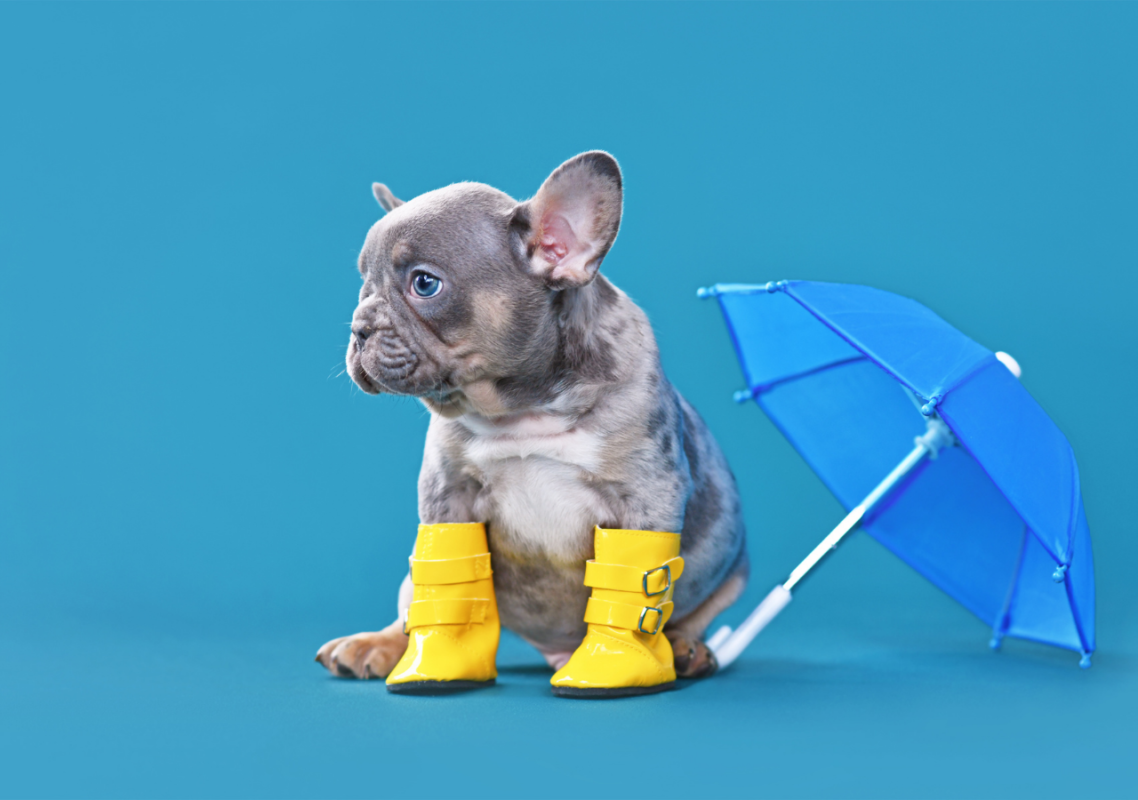
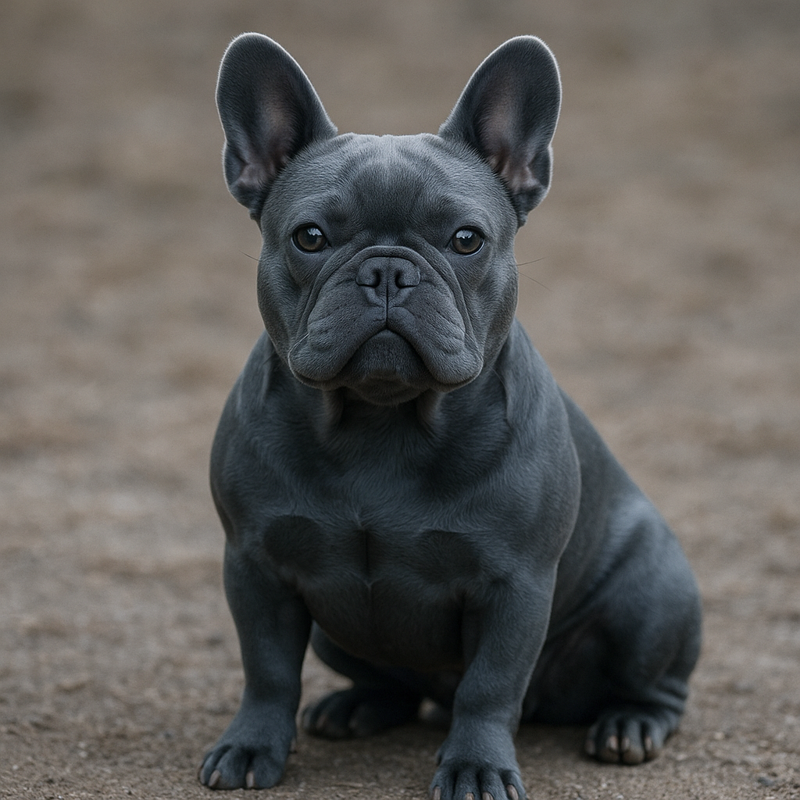
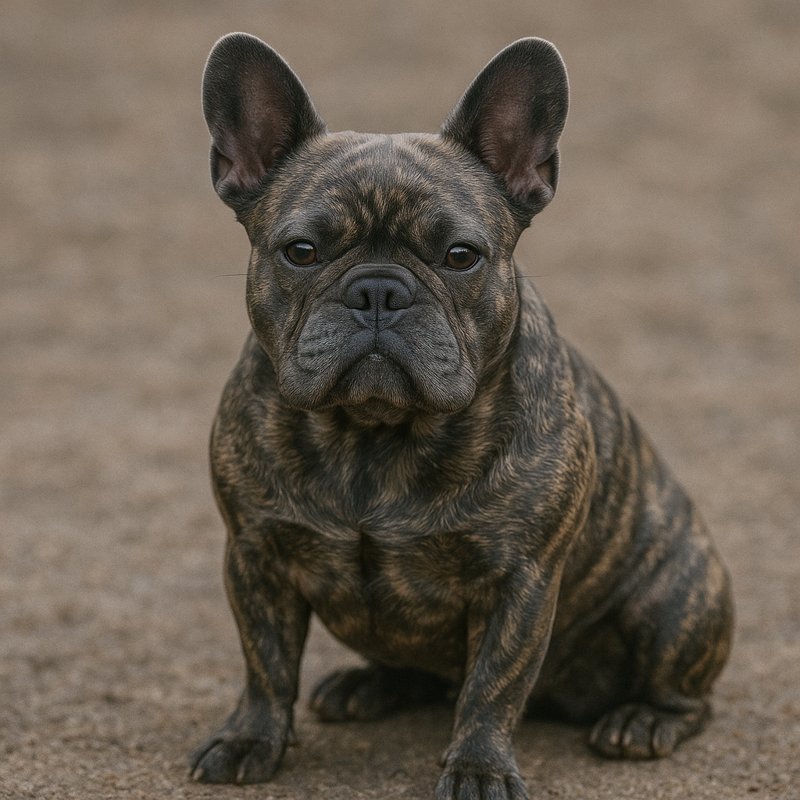
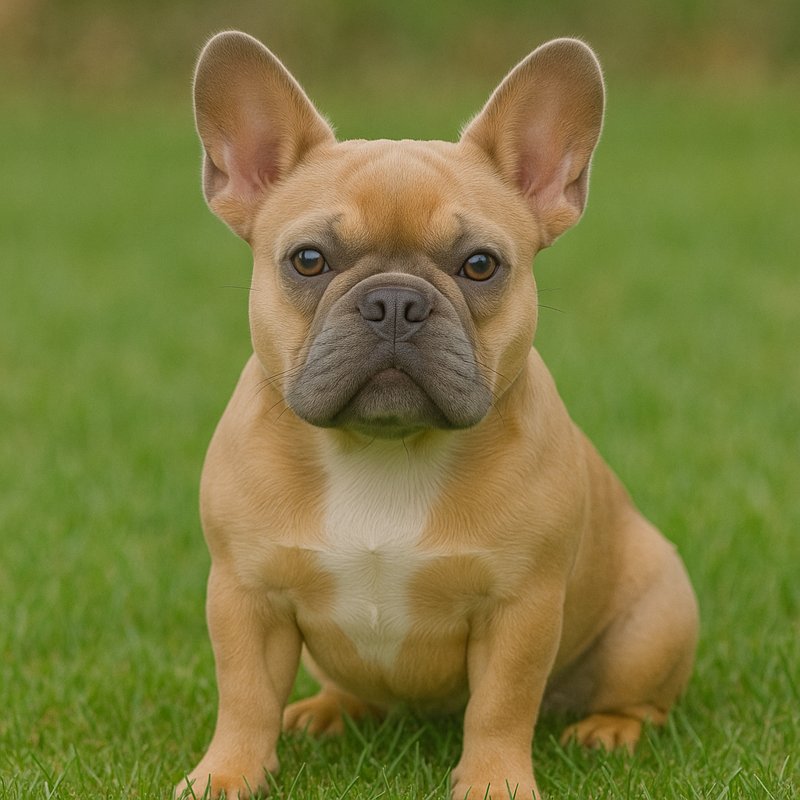
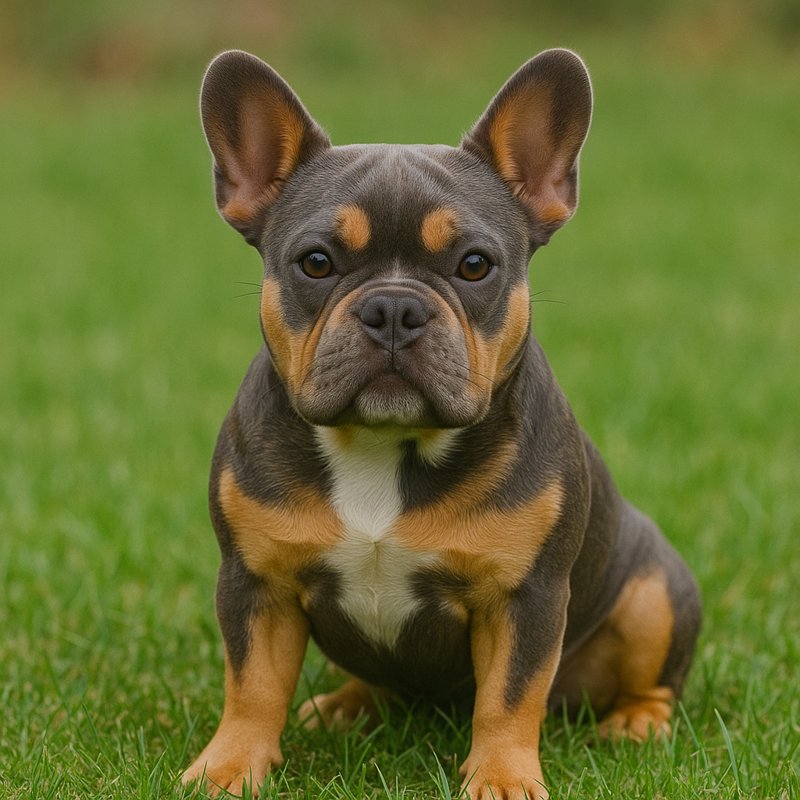
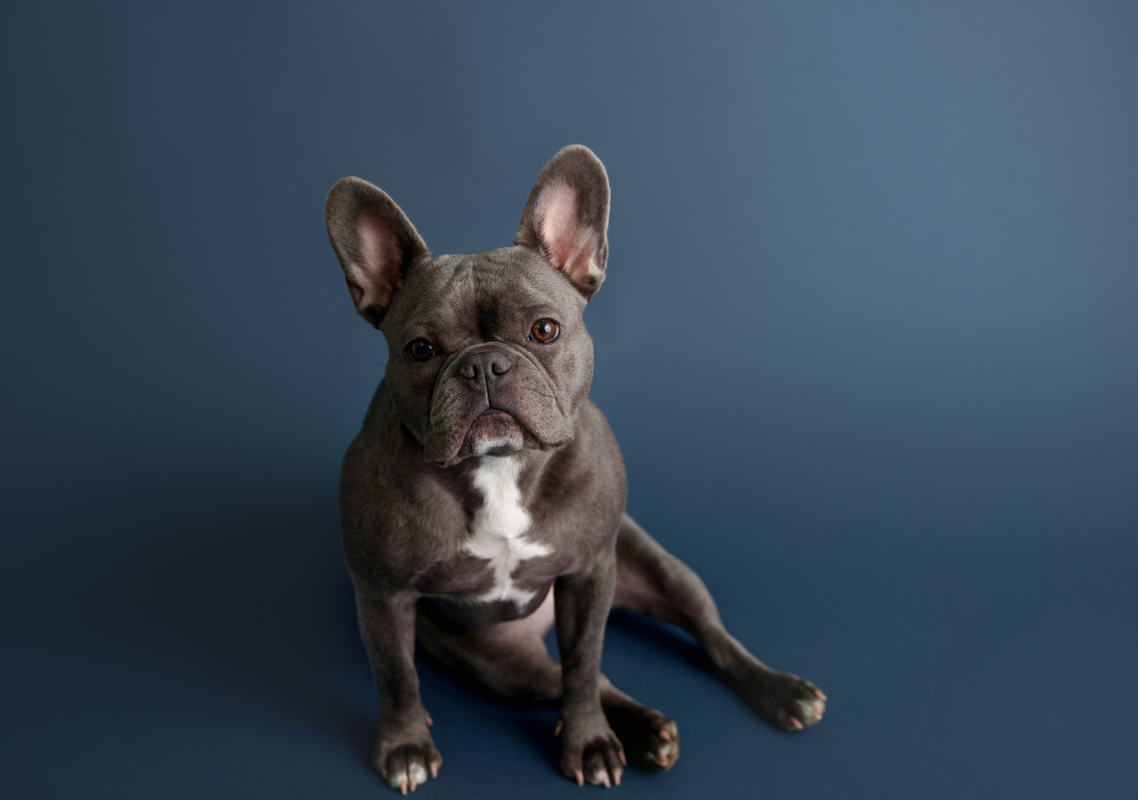
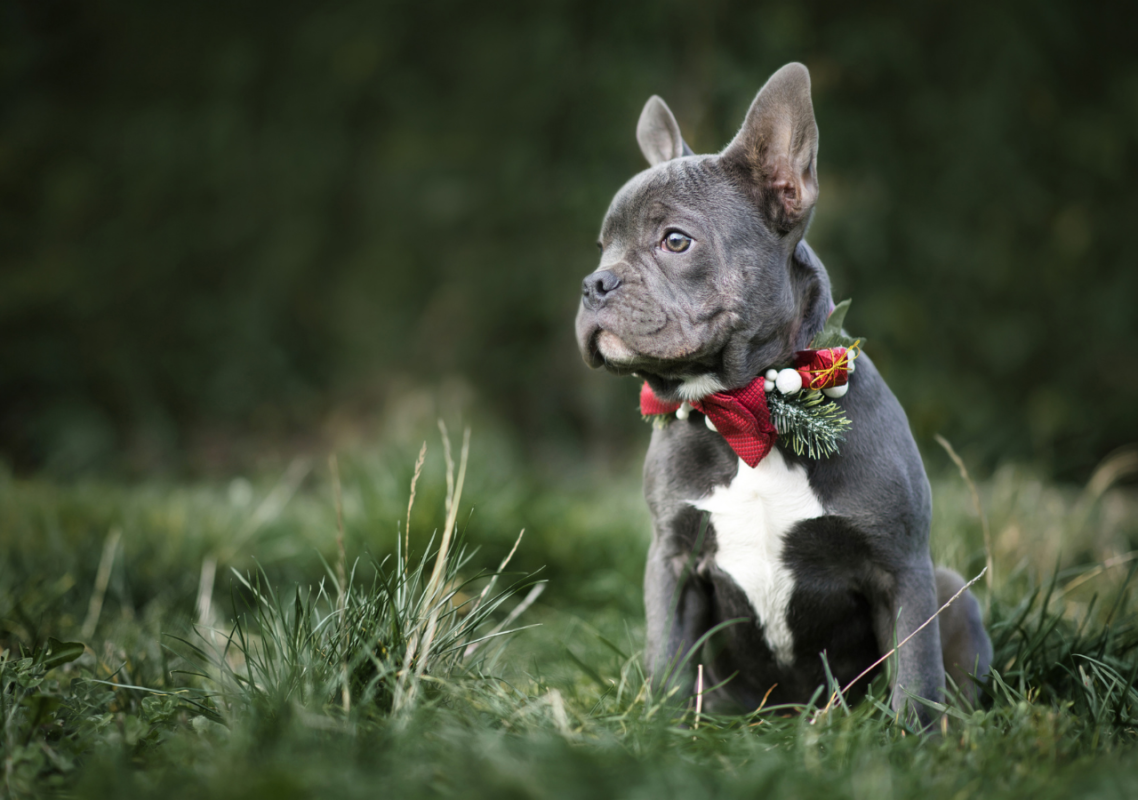
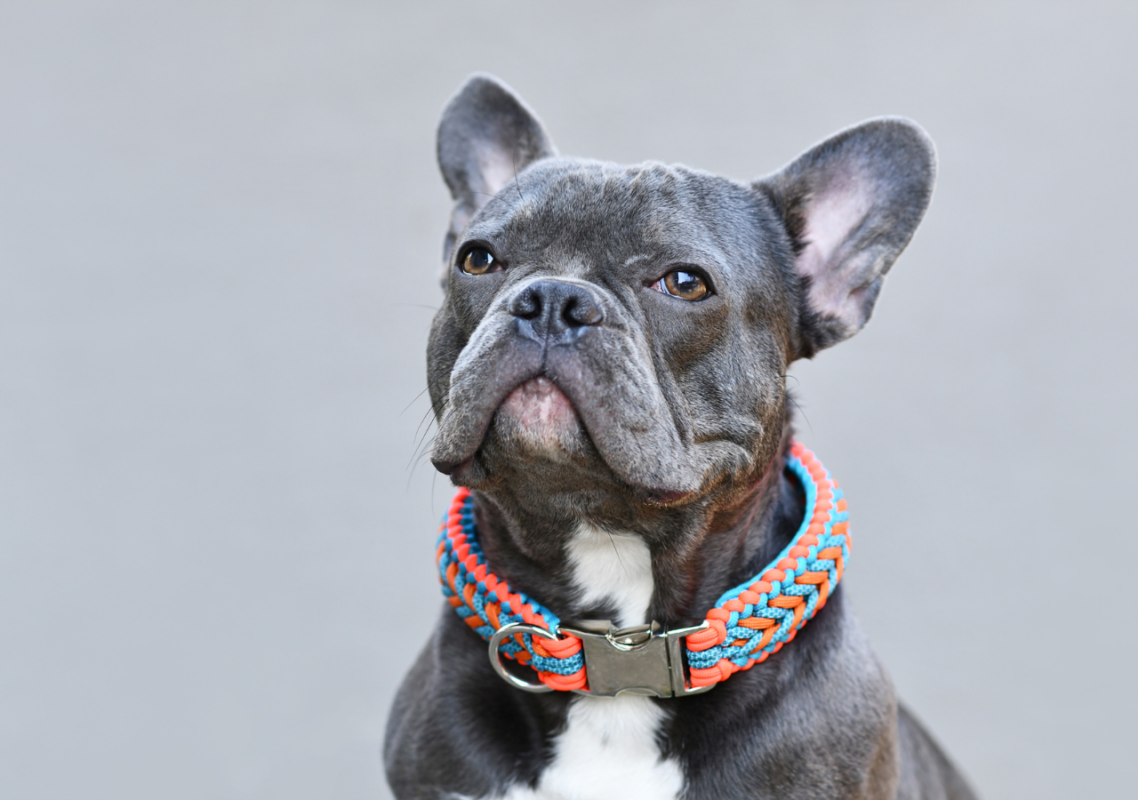



 French Bulldog Jackets & Coats
French Bulldog Jackets & Coats French Bulldog Dresses & Skirts
French Bulldog Dresses & Skirts French Bulldog Hoodies
French Bulldog Hoodies French Bulldog Sweaters
French Bulldog Sweaters French Bulldog Shirts
French Bulldog Shirts French Bulldog Pajamas
French Bulldog Pajamas French Bulldog Costumes
French Bulldog Costumes French Bulldog Life Jackets
French Bulldog Life Jackets

 French Bulldog Collars
French Bulldog Collars French Bulldog Harness
French Bulldog Harness
 French Bulldog Backpacks
French Bulldog Backpacks








2 thoughts on “What is a Blue French Bulldog? 8 Things To Know About Them”